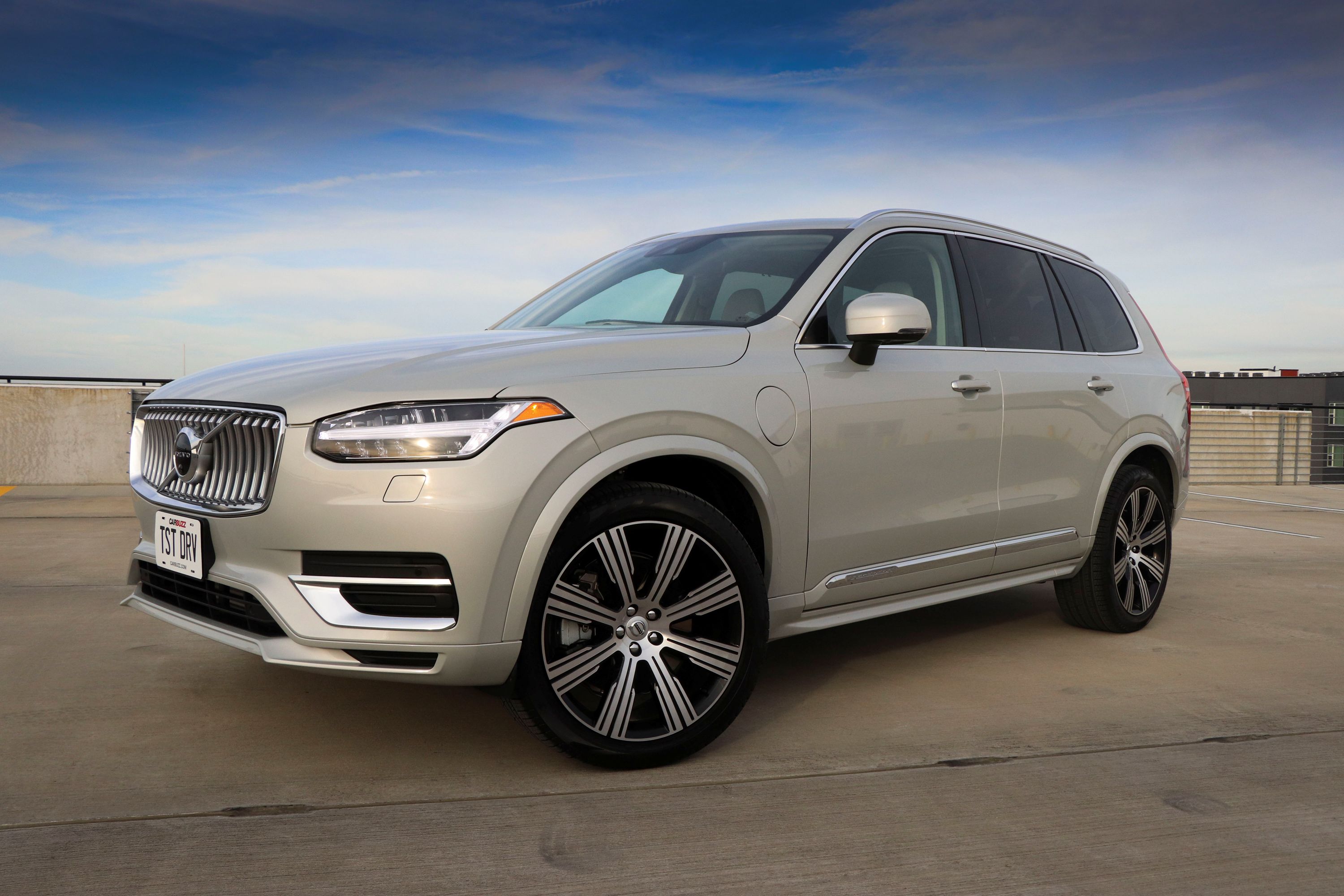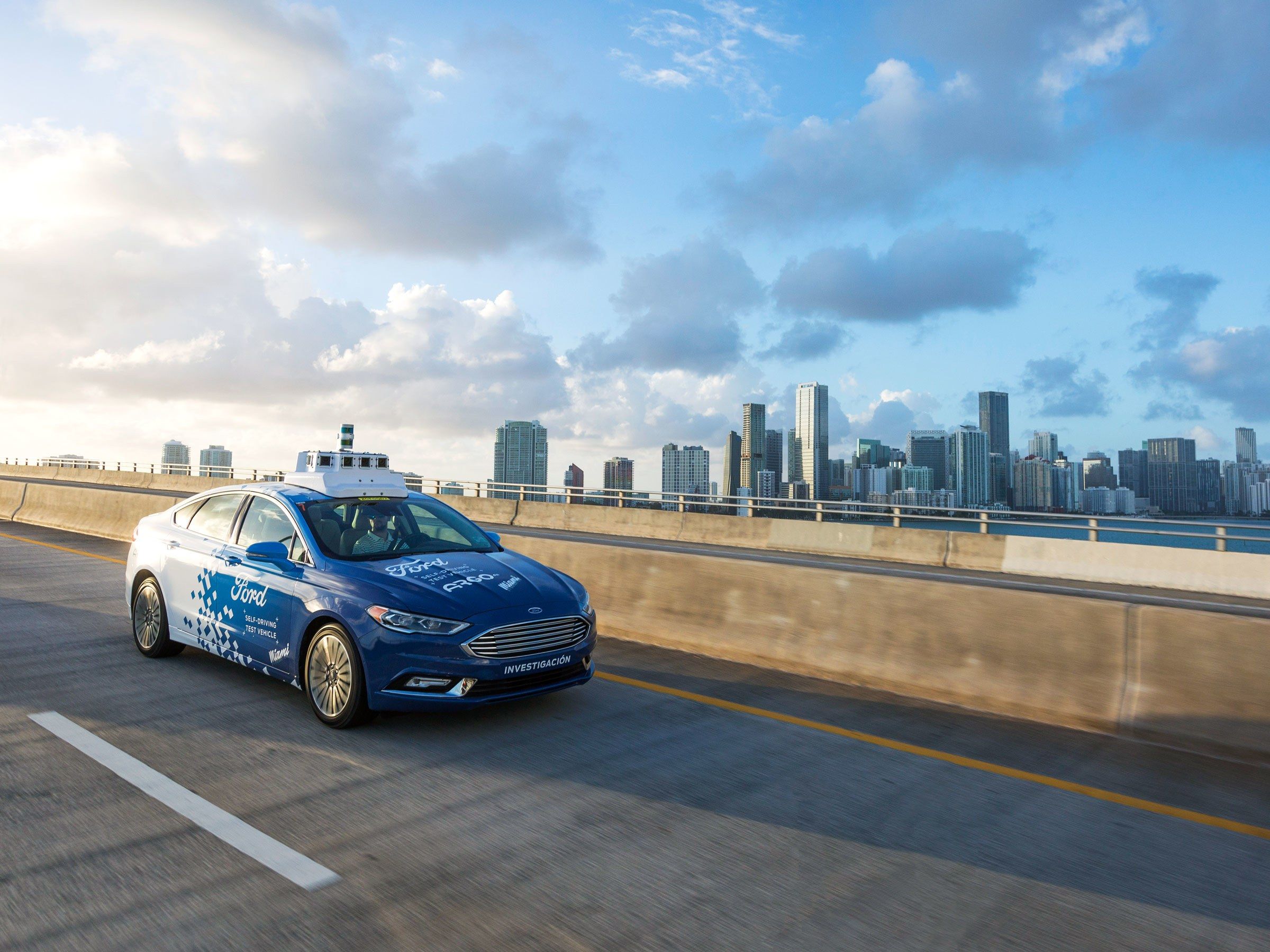
After a self-driving Volvo XC90 Uber struck and killed a pedestrian in Arizona, industry experts have been looking to change how we test autonomous vehicles. Apple's autonomous test vehicles have also experienced issues and Toyota temporarily suspended autonomous car testing following the Uber crash.
Speaking to Automotive News at a conference in Washington, Derek Kan, undersecretary for policy at the US Department of Transportation, pointed out that autonomous vehicles require a more effective measurement to prove their safety. As of now, autonomous car developers simply use miles driven and the frequency of human intervention, but Kan believes that a new form of measurement is needed.
One of the issues with the current measurement is that it treats all miles equally. For instance, it is far more difficult for a self-driving car to navigate a crowded city than an empty highway. For this reason, the current measuring metrics "don't provide a very rich data set," Kan said.
As part of the push toward self-driving vehicles, the National Highway Traffic Safety Administration is seeking suggestions for new guidelines on autonomous vehicle testing. The NHTSA is also looking into changing vehicle safety standards to allow for cars with no steering wheel or pedals.
Until autonomous cars are proven to be as safe or safer than traditional human-driven vehicles, it will be of the utmost importance to measure their effectiveness in real-world situations. Some companies like Honda use a ghost town to test self-driving cars in order to minimize risk, though this limits the number of real-world obstacles the car will encounter. For now, it seems like the automotive industry is struggling to find a better way to test autonomous cars.

